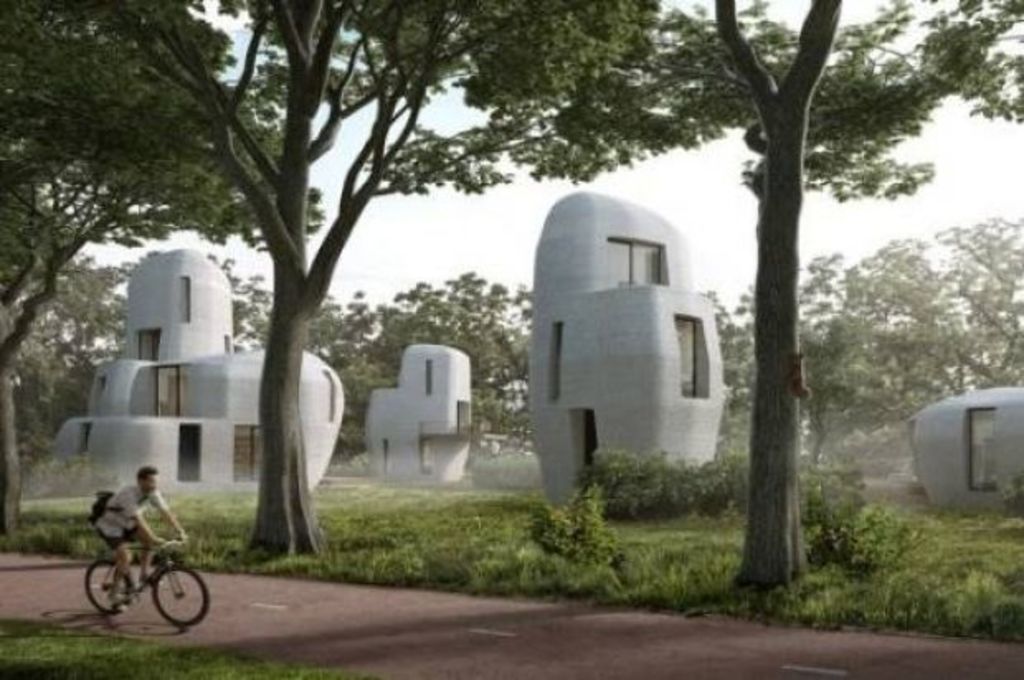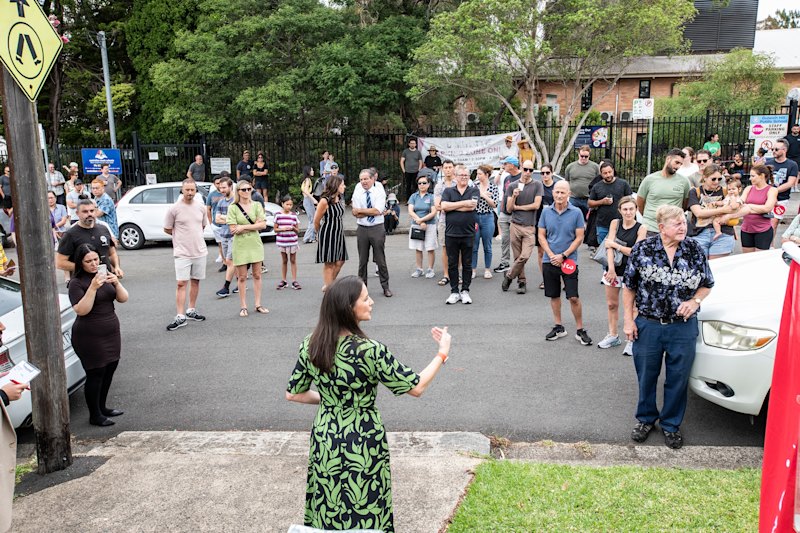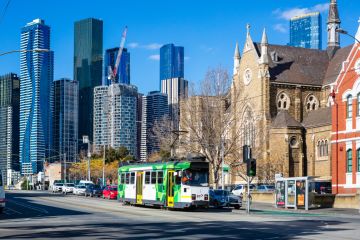Dutch designers to build world's first 3D-printed concrete house

It’s official – work will start this year on the world’s first 3D-printed concrete house to be built and occupied.
It will be a single-storey house and it’s expected to be ready for occupation in the first half of 2019.
Eventually, there will be five futuristic houses in the Project Milestone development, which is in the city of Eindhoven in the Netherlands.
The other four houses in the development will be multi-storey houses. And all five houses will be subject to regular building regulations and they all will meet the demands of current-day occupants concerning comfort, lay-out, quality and pricing.
Project Milestone is a joint venture between the municipality of Eindhoven, Eindhoven University of Technology, contractor Van Wijnen, real estate manager Vesteda, materials company Saint Gobain-Weber Beamix and engineering firm Witteveen+Bos.
Vesteda, the prospective buyer, will let the houses to tenants.
The design of the houses is based on erratic blocks in a green landscape. The university says the irregular shape of the buildings can be realised thanks to one of the key features of 3D-printing: the ability to construct almost any shape.
“The design aims at a high level of quality and sustainability. For example, the houses will not have a natural gas connection, which is quite rare in the Netherlands.”
- Related link: Architect shakes up western Sydney project homes
- Related link: The town being built around Sydney’s newest station
- Related link: Innovative house wins top gong at Good Design Awards
During the project, research on concrete printing will be done for new innovations. The five houses will be built consecutively, so every time these innovations and all lessons learnt can be applied in the next house.
The building elements of the first house will all be printed by the concrete printer at the university. It is the intention to gradually shift the whole construction work to the construction site. The last house will be fully realised on site, including the print work.
Eindhoven is a hot spot for 3D-concrete printing, with the research group of concrete technology professor Theo Salet and its concrete printer as pivotal elements. The group recently printed world’s first 3D-printed concrete bridge for cyclists in the village of Gemert.
The university says 3D printing of concrete is a potential “game changer” in the building industry.
“Besides the ability to construct almost any shape, it also enables architects to design very fine concrete structures.
“Another new possibility is to print all kinds, qualities and colours of concrete, all in a single product. This enables integration of all sorts of functions in one and the same building element.”
The university says the process makes it easy to incorporate individual wishes for every single house, at minimum extra costs.
“Another important advantage is sustainability, as much less concrete is needed and hence much less cement, which reduces the CO2 emissions originating from cement production.”
Originally published by Stuff.
We recommend
We thought you might like
States
Capital Cities
Capital Cities - Rentals
Popular Areas
Allhomes
More







